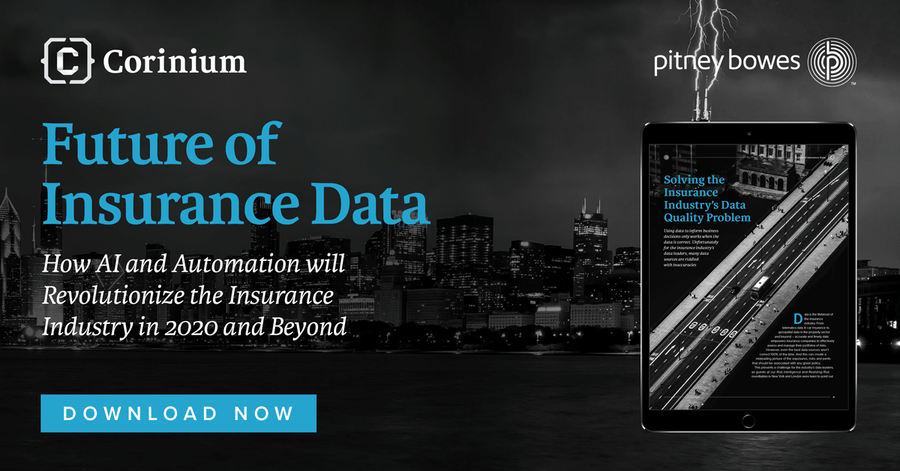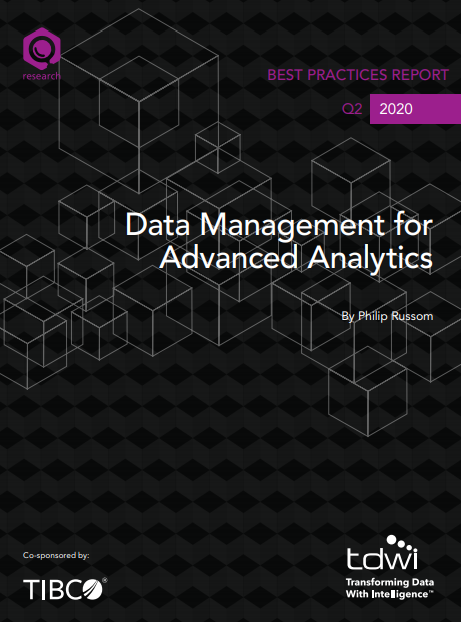The rise of data and analytics in the insurance industry means the underwriting profession is changing fast
Not everyone is thrilled about the rise of AI in the insurance industry.
The business case for using data and analytics to enhance the underwriting process may be clear. But from an underwriter’s point of view, things can look a little different. Where some see an opportunity for increased efficiency, others see a potential threat to their livelihoods on the horizon.
“Ultimately, I think some underwriters may be worried about being replaced,” says Jay Gentry, Managing Director, Insurance Practice at location data provider Pitney Bowes Software. “There’s definitely work to be done in some circles to communicate how data-driven tools will improve their lives.”
“Of course, the industry’s data leaders also need to make sure they’re arming underwriters with the right tools for the job,” he adds. “If staff can’t use data to make the right decisions quickly, something’s gone wrong.”
“One of the arts for data- and geospatial-type leaders is how you package up what is inherently complicated, sophisticated, granular data” – Chris Wyard, Head of Technical Data, Allianz Insurance
At the least mature end of the data spectrum, some companies are still grappling with siloed data that can’t be accessed by the whole business. Data leaders at these insurers have the furthest to go if they want to keep up as the industry strides towards a new digital era.
Laying the Foundations for AI Success
McKinsey has identified five essential building blocks for underwriting success: portfolio steering, pricing adequacy, risk selection, capacity optimization and coverage design.
As advanced analytics and AI technologies continue to evolve, the industry’s data leaders will play a key role in transforming the way underwriters approach each of these building blocks.
But in order deliver these new data-driven capabilities, data leaders must first take steps to ensure their company’s data is properly managed.
“The company in my mind should have a central data team to really understand what data they have, what data they don’t and how they should bring it all together,” says Alan Luu, AVP of Advanced Digital Analytics at Chubb.
“At a big company, I wouldn’t be surprised if, when you ask two teams the same question, you get two different answers,” he adds. “That’s because different business departments may obtain data from different vendors.”
“It’s not that we don’t need the underwriter agent. We’re just going to make them more efficient” – Alan Luu, AVP of Advanced Digital Analytics, Chubb
Data silos can mean underwriters make decisions without all the data they need to fully understand the situation, or with data other parts of the business may know to be incorrect.
That’s why large insurers like Chubb have invested heavily in digital transformation in recent years. It’s also why Lloyds of London recently allocated $400 million to its ongoing digital transformation program.
“As more and more insurers set their sights on AI and advanced analytics, we’ll see data leaders continue to prioritize developing the right processes and infrastructure to deliver these initiatives,” Gentry concludes.
Providing the Right Data, at the Right Time
It may be possible to fully automate certain types of decision in the insurance industry. But for complex tasks, it’s more common for companies to develop tools designed to augment their staffs’ human capabilities by providing them with essential insights.
However, getting underwriters to adopt these new technologies continues to be a challenge for insurance industry data leaders.
While several guests at our Realizing Risk and Risk Intelligence roundtables suggested some staff may be afraid of being replaced by these algorithms, others see a more subtle dynamic at play.
“It’s not just getting the analytics or the data to the underwriter,” says Shajy Mathai, Analytics Technical Officer at AIG. “It’s about getting it to percolate to the right risk decisions.”
“There’s a training aspect. But it’s also about bringing key information to the front,” he adds. “In a perfect world, the amount of data you would create on a single location is ridiculously large and an underwriter would not be able to consume it and make a proper decision quickly.”
Educating underwriters about the benefits of new data-driven tools is an important piece of the puzzle when it comes to stimulating their adoption. But, it’s equally important for data leaders to present key insights in a way that can be quickly and easily understood.
Empower Underwriters to Co-Create New Tools
Transitioning to an agile framework for software development has played a key role in shaping Chubb’s data and analytics capabilities. Luu credits the change with helping to bridge the gap between the data team and the rest of the business.
“Traditionally the business and IT don’t gel together,” he says. “They don’t sit at the same table to really understand this job. But being agile means we do sit together and discuss about how we fit together.”
Involving business unit representatives in key meetings helps ensure that Luu’s team is developing capabilities that meet real needs. Meanwhile, delivering projects in agile sprints ensures those capabilities can be delivered before requirements change.
“We focus on very small functions that we use across the organization,” Luu explains. “[It’s a] much more granular, much more microservice approach than traditional software development.”
In this way, insurance industry data leaders can bring underwriters into the picture and get them involved in shaping their own futures.
The guests at both our London and New York roundtables agreed that it may never be possible to fully automate the underwriting profession. So, data leaders must instead work to arm staff with the tools they need to make correct decisions more quickly.
It’s the ones who can convey the benefits of this new approach and work hand-in-hand with underwriters as they develop new capabilities who will succeed in ushering in this exciting new era for the profession.
This is an excerpt from our Future of Insurance Data report, published in association with Pitney Bowes Software. Claim your copy today for even more insights into how AI is transforming the insurance industry.







.jpg)

